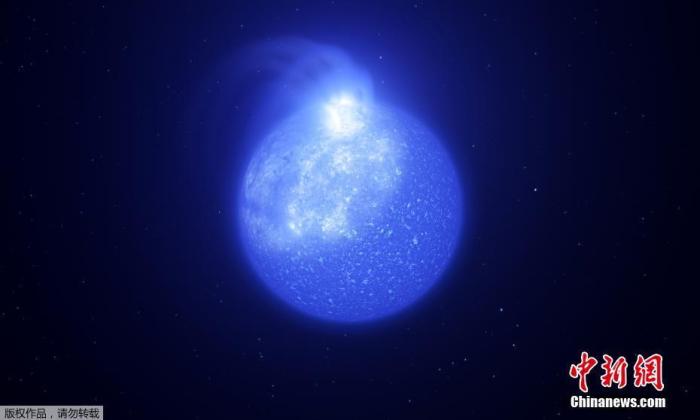November 18th. According to a report by the US, even though the Big Bang occurred 13 billion years ago, astronomers still want to see its traces. Recently, astronomers proposed to place a huge telescope on the moon to study the first stars in the universe.
Anna Sauer, an astronomer at the University of Texas, said: “The telescope will be able to observe the first stars formed after the Big Bang. They were formed by the material produced by the Big Bang.”
She said that there are currently no telescopes to observe these ancient stars, not even the James Webb Space Telescope that NASA will launch soon.
This lunar telescope, which Sauer calls the “ultimate telescope”, will have liquid lenses with a diameter of more than 300 feet (about 91 meters). The lens of the telescope will be made of liquid, not glass, because liquid is lighter and cheaper and can be transported to the moon. The mirror of the telescope will be a rotating liquid cylinder with a metallic, reflective liquid on top.
The telescope will be placed in a crater at the north or south pole of the moon. Sauer said that the moon will be the ideal location for the telescope: “In order to observe distant stars in the early universe, we need to leave the Earth’s atmosphere because it blocks light in the wavelength range we need to see.”
“We can achieve this by building a telescope on the moon,” Sauer said. In 2008, a team led by Roger Angel of the University of Arizona proposed the idea of a lunar telescope, but it was later shelved by NASA.
Sauer believes that such a telescope will definitely be expensive, and the infrastructure required to build it on the moon does not yet exist and may take decades. But astronomers say the reward is worth it.
“We live in a universe made up of stars.” University of Texas astronomer Volker Brom said in a statement. “The emergence of the first stars marked a key change in the history of the universe. At that time, the environment brought about by the Big Bang was changed due to changes in the complexity of the universe, which eventually brought planets and intelligent creatures like us.”
According to reports, this telescope proposal will be published in the forthcoming “Astrophysical Journal”.



